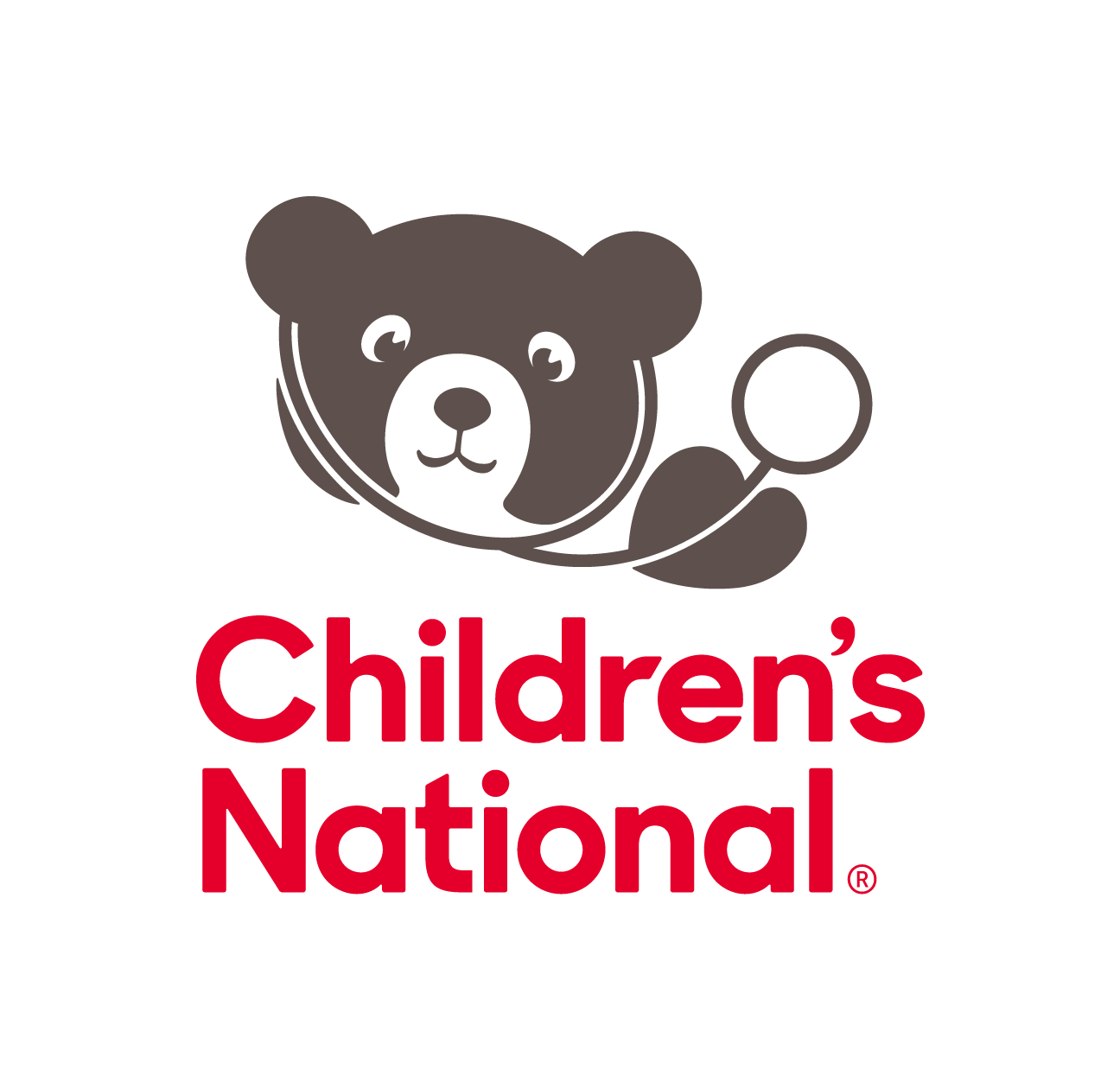Pediatric Brain Tumor Segmenter

CNH Pediatric Brain Tumor Segmenter
I have read the instructions and agree with the terms. Return to the application.
The Pediatric Brain Tumor Segmenter is a free, open-source web-based application designed at Children’s National Hospital for the segmentation and analysis of pediatric brain tumors in magnetic resonance imaging (MRI). Developed in Python, this software aims to provide precise quantitative analysis of pediatric brain MRI, to support clinical decision-making in diagnosis and prognosis.
With its user-friendly interface, the Segmenter provides automated segmentation and volumetric measurements within minutes after uploading the required four MRI sequences. This software provides state-of-the-art performance powered by our benchmarked segmentation model, which was the top-performing model in the pediatric competition of the well-established international Brain Tumor Segmentation Challenge BraTS2023.
Usage
This software currently requires four MRI sequences: native pre-contrast T1-weighted (t1n), contrast enhanced T1-weighted (t1c), native T2-weighted (t2w), and T2-weighted fluid attenuated inversion recovery (t2f). These sequences should be uploaded in NIfTI format (i.e., .nii.gz). Before uploading, we strongly recommend performing de-identification to remove any protected health information, including defacing if necessary.
Pre-processing in the Segmenter is under development. At this time,
we expect users to follow the standardized “BraTS Pipeline”
pre-processing, which includes co-registration of four sequences, and resampling to isotropic 1 mm resolution.
Public tools such as the Cancer Imaging Phenomics Toolkit (CaPTk)
and Federated Tumor Segmentation (FeTS)
toolkits can be used for this purpose.
Once the MRI sequences are uploaded, simply click the Start Segmentation button to generate segmentation and volumetric measurements in the Status box. The process typically takes around 5 minutes. Afterward, you can choose an MRI sequence to visualize both the image and the segmentation in axial, coronal, and sagittal views using the interactive Sliders. Segmentation results can be downloaded in NIfTI format by clicking the Download Segmentation File button.
For demonstration purposes, we provide sample cases at the bottom of the page. Select one and click the Start Segmentation button to see how the software works.
Source Code
The current version of the software is 
The software is developed and maintained by the Precision Medical Imaging lab at Children’s National Hospital in Washington, DC, USA.
Copyright Notification Copyright 2024 Children’s National Medical Center and Universidad Politécnica de Madrid.
Contributors
This web app was made possible due to the efforts made by
Abhijeet Parida, Zhifan Jiang, Daniel Capellán-Martín, Maria J. Ledesma-Carbayo, Syed Muhammad Anwar, Marius George Linguraru
Citations
If you use and/or refer to this software in your research, please cite the following papers:
-
D. Capellán-Martín, Z. Jiang, A. Parida, X. Liu, V. Lam, H. Nisar, A. Tapp, S. Elsharkawi, M. J. Ledesma-Carbayo, S. M. Anwar, M. G. Linguraru, “Model Ensemble for Brain Tumor Segmentation in Magnetic Resonance Imaging,” Accepted in: S. Bakas, et al. Brainlesion: Glioma, Multiple Sclerosis, Stroke and Traumatic Brain Injuries. MICCAI Workshop BrainLes 2023, arXiv:2409.08232 [eess.IV] (2024), doi: 10.48550/arXiv.2409.08232.
-
Z. Jiang, D. Capellán-Martín, A. Parida, X. Liu, M. J. Ledesma-Carbayo, S. M. Anwar, M. G. Linguraru, “Enhancing Generalizability in Brain Tumor Segmentation: Model Ensemble with Adaptive Post-Processing,” 2024 IEEE International Symposium on Biomedical Imaging (ISBI), Athens, Greece, 2024, pp. 1-4, doi: 10.1109/ISBI56570.2024.10635469.
BraTS data conditions for use:
-
A. Karargyris, R. Umeton, M.J. Sheller, A. Aristizabal, J. George, A. Wuest, S. Pati, et al., “Federated benchmarking of medical artificial intelligence with MedPerf,” Nature Machine Intelligence, 5:799–810 (2023), doi: 10.1038/s42256-023-00652-2.
-
A. F. Kazerooni, N. Khalili, X. Liu, D. Haldar, Z. Jiang, S. M. Anwar et al., “The Brain Tumor Segmentation (BraTS) Challenge 2023: Focus on Pediatrics (CBTN-CONNECT-DIPGR-ASNR-MICCAI BraTS-PEDs),” arXiv:2305.17033 [eess.IV] (2024), doi: 10.48550/arXiv.2305.17033.
-
A. F. Kazerooni, N. Khalili, X. Liu, D. Gandhi, Z. Jiang, S. M. Anwar et al., “The Brain Tumor Segmentation in Pediatrics (BraTS-PEDs) Challenge: Focus on Pediatrics (CBTN-CONNECT-DIPGR-ASNR-MICCAI BraTS-PEDs),” arXiv:2404.15009 [cs.CV] (2024), doi: 10.48550/arXiv.2404.15009.
Disclaimer
-
This software is provided without any warranties or liabilities and is intended for research purposes only. It has not been reviewed or approved for clinical use by the Food and Drug Administration (FDA) or any other federal or state agency.
-
This software does not store any information uploaded to the platform. All uploaded and generated data are automatically deleted once the webpage is closed.
Contact
-
New features are continually being developed. To stay informed about updates, report issues or provide feedback, please fill out the online form here or contact Abhijeet Parida [email protected] .
-
For more information, collaboration, or to receive the model in a Docker container for testing on large datasets locally, please contact Prof. Marius George Linguraru [email protected] with details on your intended use.
I have read the instructions and agree with the terms. Return to the application.